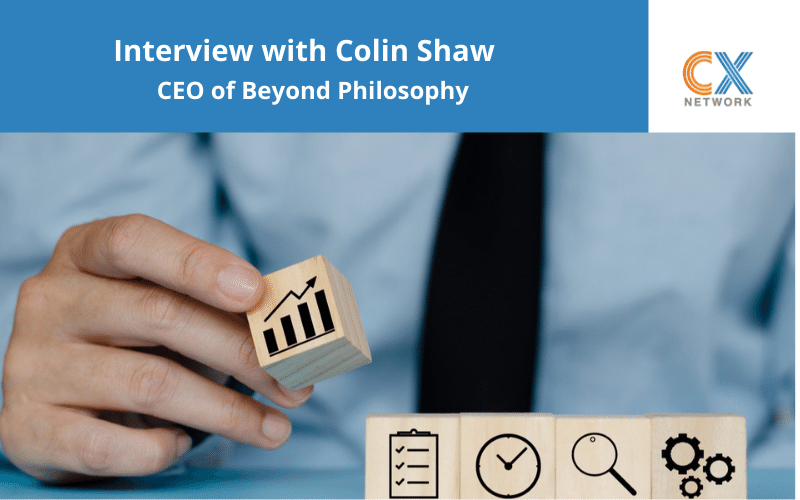Article by Olivia Powell, article first published by CX Network
Founder and CEO of Beyond Philosophy, Colin Shaw, on how to understand the difference between what customers say and what will drive value.
What is your proudest moment of your CX career so far?
Colin Shaw: Probably the fact that my company has just won the award from the Financial Times for being a leading management consultancy, making us the winner four years in a row now. The second thing I am most proud of is being chosen by LinkedIn as of the top 150 business influencers on the site, and now I am officially an influencer on LinkedIn.
What are data lakes and what benefits do they provide over alternative methods?
CS: Data lakes are enormous amounts of data, basically. The issue is that data lakes are created by from different sources. A lot of organizations have dams in their lakes and incomplete lakes. This means a lot of organizations [lack the full picture on] how customers behave and are therefore missing information on how customers feel. To truly understand how a customer is going to behave and predict their experience [needs], brands must understand how customers are feeling and not many companies have that data.
Data lakes should draw information from a range of sources. If data lakes are siloed into salesforce information, marketing information and customer service information, [then these sources each have a limited view of customer behavior.]
How can companies use the Internet of Things to unlock more value from customer data?
CS: The big thing here is understanding the difference between what customers say and what they do. The irony is that asking customers what they want may not [actually generate the true answer]. For example, Disney knows that when it asks its customers what they want to eat at a theme park, the customers will say they want a salad, but Disney also knows people do not eat salads at their parks. There is a difference between what customers say and what drives value.
I am not saying you should not ask customers for their opinions, but you should also be evaluating what customers are doing. Using the internet, you can see what customers have looked at previously and what they are currently looking at. You can even analyze customer’s facial expressions, meaning you can sit with a customer and see how they are feeling as they are clicking through your website. This can help companies find that missing piece of data from customers.
The simple answer to your question is that the Internet of Things provides lots of information on what customers are doing, and brands can marry that with what customers are saying.

